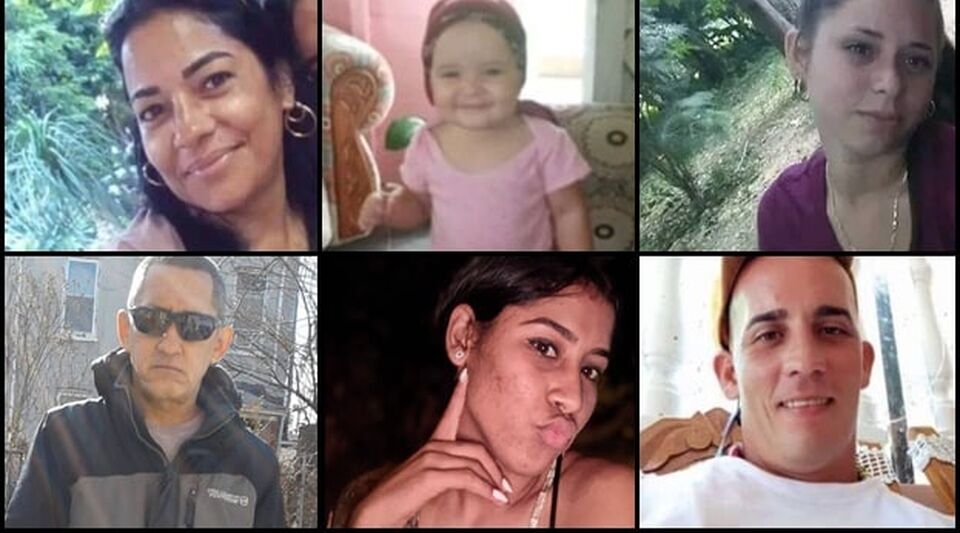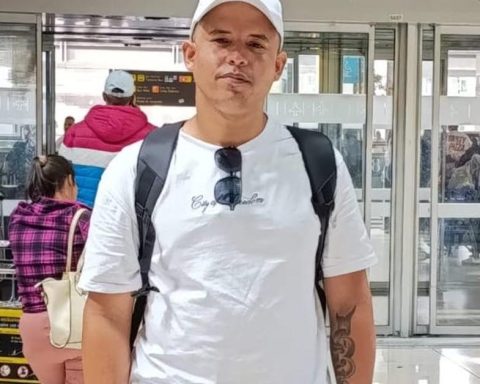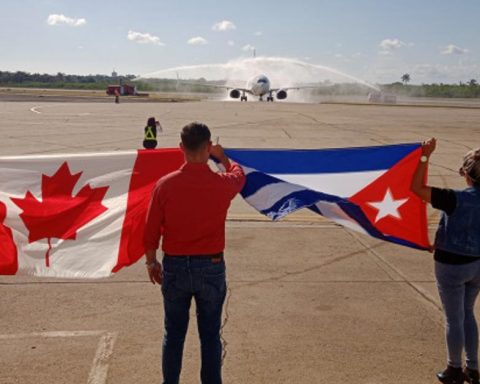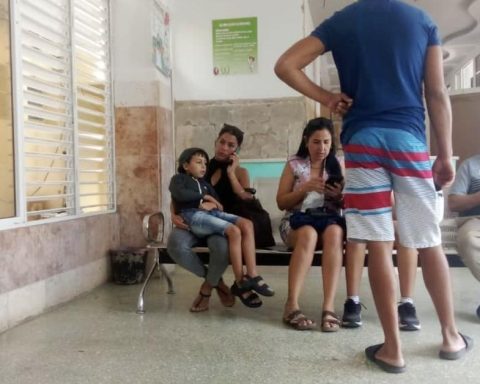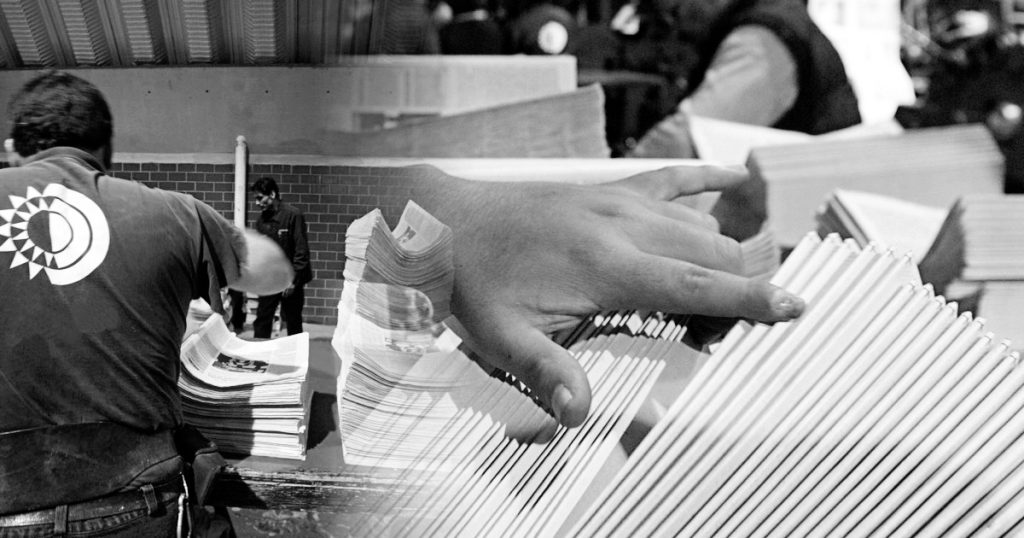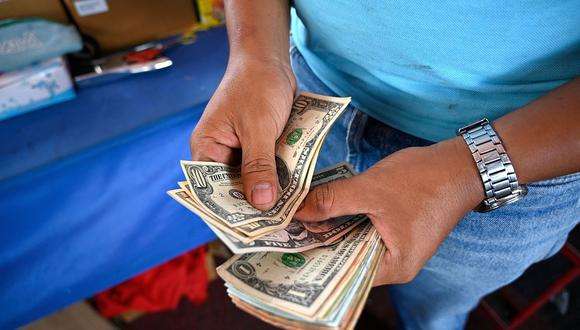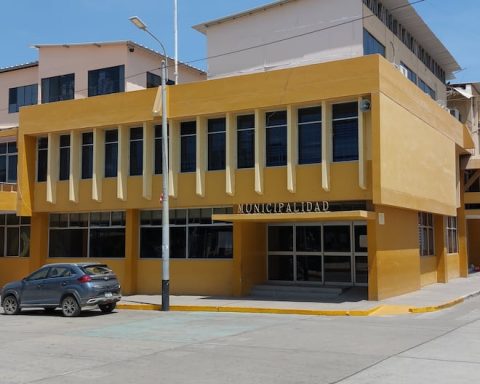There are already six fatalities from the sinking of a boat by Cuban border guards The last friday. As reported this Sunday Cuban Time, the last identified is Indira Serrano Calajust 18 years old and originally from Guane, Pinar del Río.
An anonymous source told the independent media outlet in Camagüey that the body of the young woman, who had lost her mother, was laid to rest in that same town yesterday afternoon.
This Sunday they also identified another of the disappeared, Yerandy García Meizoso, whose body was found a few kilometers away, reported Mario J. Penton from Miami.
The other victims are Nathali Acosta Lemus, Omar Reyes Valdés (the boat driver), Aimara Meizoso León and the girl Elizabeth Meizoso, only two years old.
Meanwhile, the Foundation for Human Rights in Cuba (FDHC) has included two officers from the Border Guard Troops on its list of repressors, considering them responsible for what it considers a “cold-blooded murder.”
In a statement made public this Sunday, the US-based NGO confirmed the names of other deceasednone of which has been mentioned by the Cuban authorities, who have not offered their condolences for what they consider a “painful event” that occurred due to the “hostile and cruel policy of the US Government against Cuba.”
Enter the list of repressors Raidel Rodriguez LopezChief of Operations of the Northwest Border Guard Detachment, which covers the area of Bahía Honda, Artemisa, where the events took place on the night of October 28, and Lieutenant Colonel Leovanys Cutino Rodriguezchief of the General Staff of the same detachment.
“History also confirms that this is just another crime against humanity perpetrated in cold blood in the solitude of the sea by the communist regime.”
Both are described by the FDHC as responsible for these “murders”, having rammed a boat with 23 people on board. The survivors, recalls the organization, “assure that they were sunk on purpose.”
The NGO also attributes responsibilities in this event to General Jorge Argelio Samper Muarraat the head of the Headquarters of Border Guard Troops of the Ministry of the Interior since 2017, and Colonel Jorge Luis Navarro Nolascohead of the Northwest Detachment of the same police force, who were previously on the list of repressors.
Both are blamed for the charges they hold, “for several acts of violence by the troops under their command against Cuban rafters aboard rustic boats, putting their lives in danger or causing injuries and even death.”
“History also confirms that this is just another crime against humanity perpetrated in cold blood in the solitude of the sea by the communist regime,” argues the FDHC, which mentions several similar tragedies, such as the bombing of civilians aboard the ship. 20th Anniversary in the Canímar river, in July 1980; the sinking of the tug March 13 in 1994, which ended with 37 dead, including 10 childrenor the death of Avilanian William Padrón Maza, on March 1, as a result of serious injuries received after being rammed by Cuban Border Guard Troops 11 miles from Cayo Coco, when he was on a speedboat that was stranded.
In its document, the NGO assures that “testimonies of dozens of survivors attest that border guards systematically attack boats that carry men, women and children in their attempt to flee from hell to sink them.” It is a “cruel method of preventing irregular departures by sea,” says the FDHC, which is being carried out “especially now, when the regime intends that no one leave by that route.”
That was the reason, they conclude, for the “brutal repression” at the end of August in the Artemisian farmhouse of El Cepemwhere they prevented several residents from going to sea in rustic boats: “They lie when they blame the Cuban Adjustment Law, when they know that those who are intercepted at sea are repatriated.”
________________________
Collaborate with our work:
The team of 14ymedio is committed to doing serious journalism that reflects the reality of deep Cuba. Thank you for joining us on this long road. We invite you to continue supporting us, but this time becoming a member of our newspaper. Together we can continue transforming journalism in Cuba.
